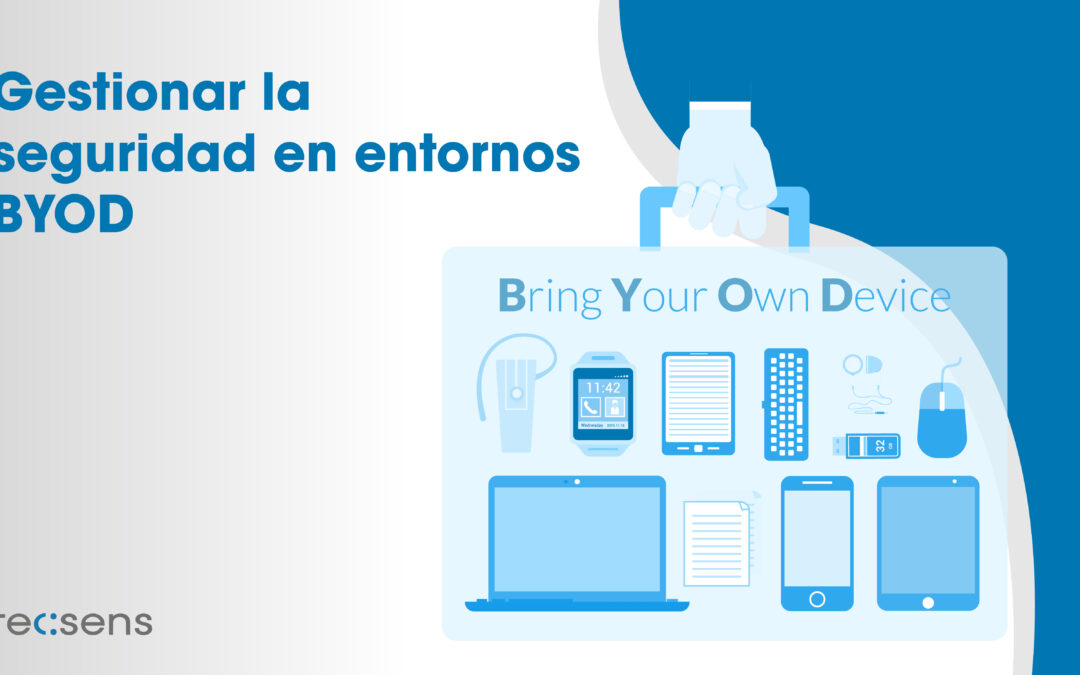Today, the concept of Bring Your Own Device (BYOD) has gained popularity in numerous organizations. This practice allows employees to use their own devices, such as smartphones, tablets, and laptops, to perform work tasks instead of relying solely on company-provided devices. However, while BYOD offers a number of benefits, it also presents significant challenges, especially when it comes to data security and information management. Below, we’ll explore these aspects and some strategies for managing security in BYOD environments with Unified Communications (UC).
Challenges of BYOD environments:
- Data Security: One of the main challenges of allowing employees to use their own devices is data security. Personal devices may not have the same security measures as corporate devices, increasing the risk of sensitive data being lost or stolen.
- Compatibility and Platform Management: The diversity of devices and operating systems in a BYOD environment can make it difficult to effectively manage platforms. This can lead to integration issues with business tools and applications.
- Compliance: The variety of devices and the dispersed nature of data can make it difficult to comply with regulations and security standards, such as the General Data Protection Regulation (GDPR) in Europe or the California Consumer Privacy Act (CCPA).
- Isolation of Personal and Professional Data: It is critical to establish clear policies to separate personal data from corporate data on BYOD devices. This can be challenging, as employees often use the same devices for personal and professional activities.
Benefits of BYOD environments:
- Improved Productivity: Allowing employees to use their own devices can increase productivity by allowing them to work from anywhere, at any time, using the tools they’re most familiar with.
- Cost Reduction: By leveraging employees’ personal devices, organizations can reduce the costs associated with purchasing and maintaining hardware.
- Flexibility and Employee Satisfaction: BYOD gives employees the flexibility to choose their own devices and apps, which can boost job satisfaction and morale.
Strategies for Managing Security in BYOD Environments with UC:
- Clear Security Policies: It is critical to establish clear and precise policies that define security and privacy requirements for BYOD devices. This includes the use of strong passwords, data encryption, and up-to-date security software.
- Network Segmentation: Implementing network segmentation that separates BYOD devices from the company’s core network can help reduce the risk of unauthorized access to corporate data.
- Mobile Device Management (MDM): Use MDM solutions that enable IT administrators to centrally manage BYOD devices. This includes the ability to enforce security policies, perform software updates, and track device inventory.
- Education & Awareness: Training employees on security best practices and making them aware of the risks associated with using personal devices for work activities can help mitigate security threats.
In conclusion, allowing employees to use their own devices at work can offer a number of benefits, such as increased productivity and flexibility, but it also poses significant challenges in terms of data security and information management. Implementing proper security and device management strategies is crucial to mitigate these risks and take full advantage of the benefits of BYOD in Unified Communications environments.




